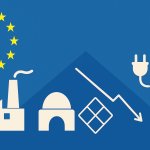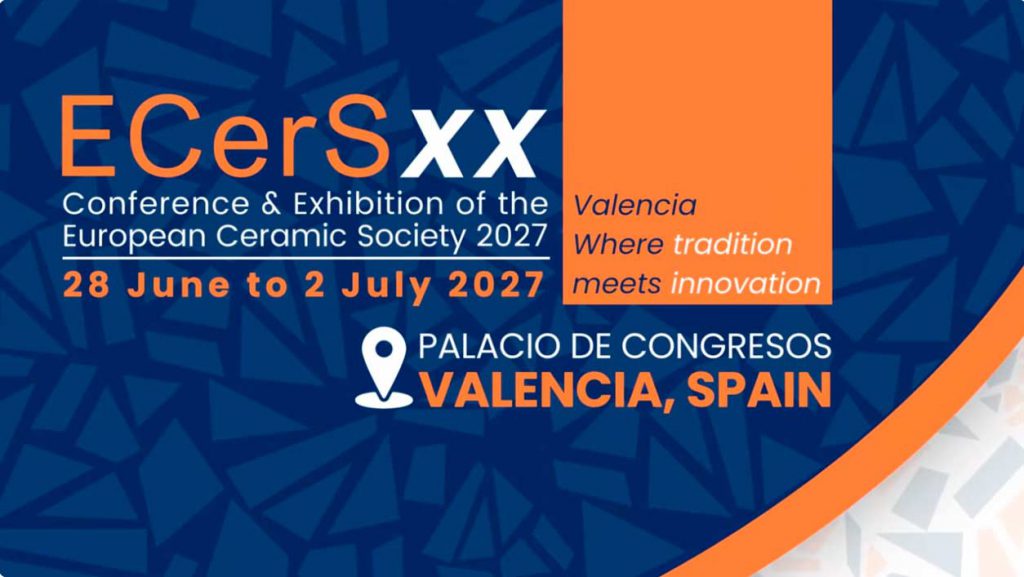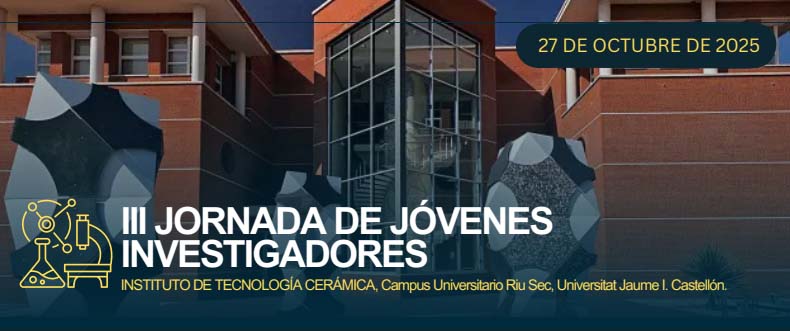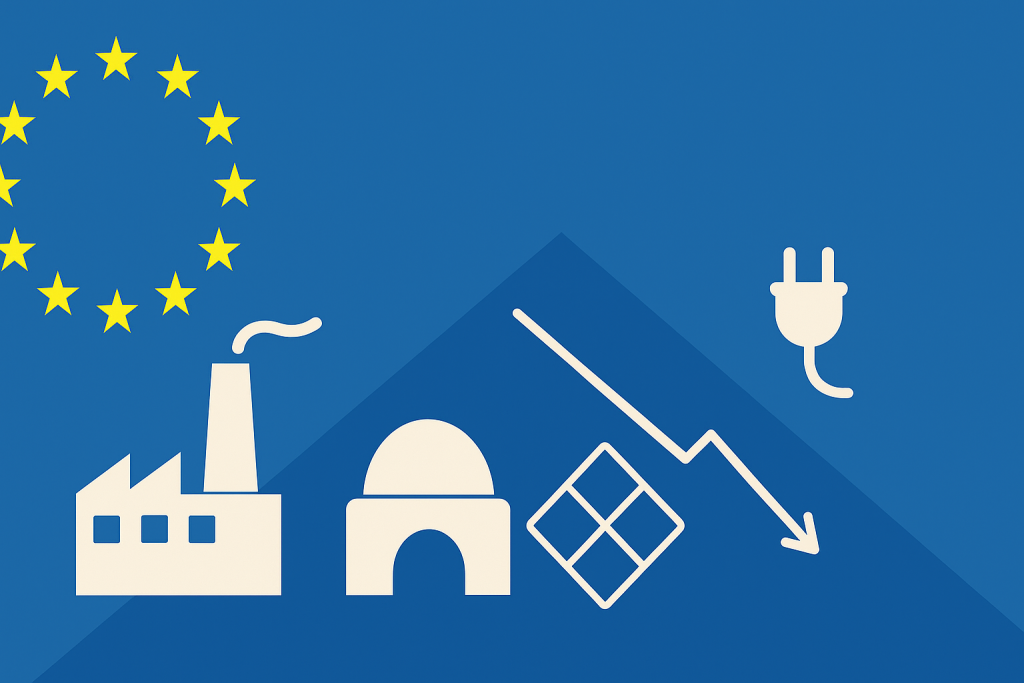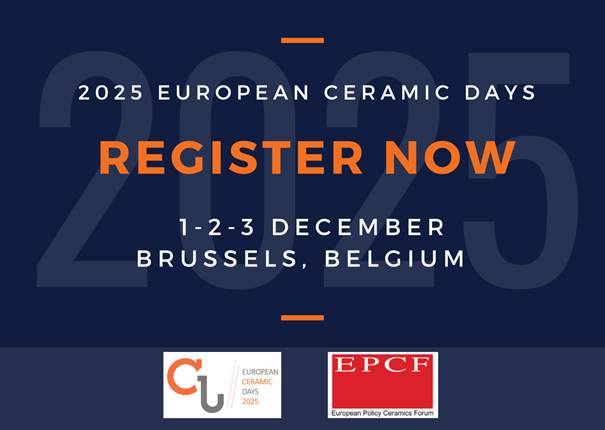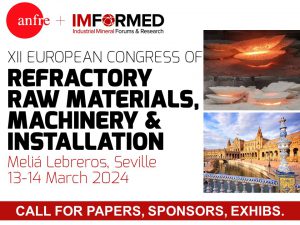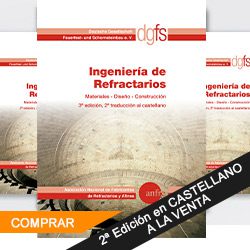En un contexto de mercado complejo, Cersaie 2025 —el Salón Internacional de la Cerámica para la Arquitectura y del Equipamiento de Baño— volvió a responder a las expectativas del sector. La 42ª edición, celebrada en BolognaFiere del 22 al 26 de septiembre, ocupó 16 pabellones (155.000 m²) y reunió a 627 expositores: 343 de baldosas cerámicas, 98 de equipamiento de baño y 186 de colocación, materias primas, nuevas superficies y servicios. La feria reforzó su carácter internacional con 243 expositores extranjeros (39%) de 29 países.
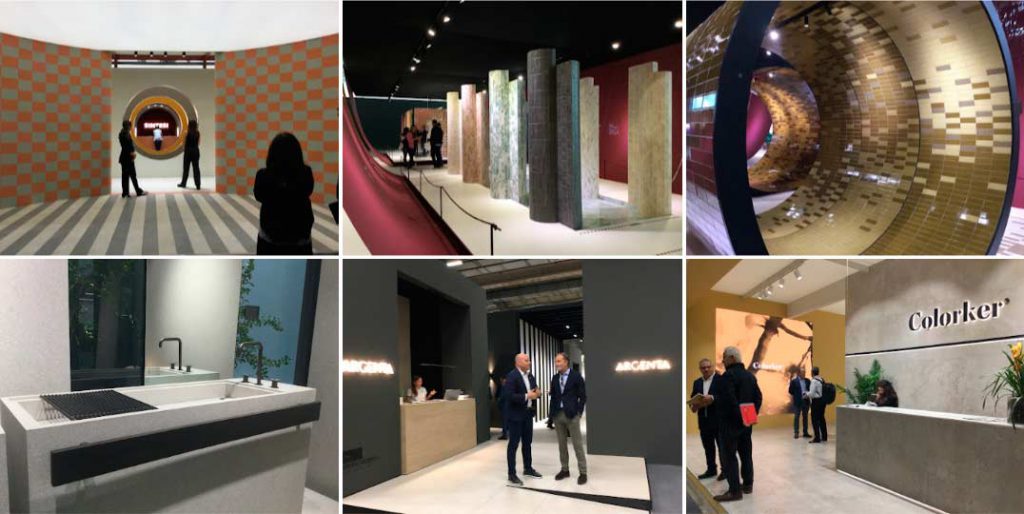
Asistencia. La organización registró 94.577 visitantes (−0,8% vs. 2024). Subió la afluencia nacional (49.671, +3%) y bajó la internacional (44.906, −4,6%), que aun así supuso el 47,5% del total. La menor afluencia internacional se atribuye en parte a huelgas en los días de apertura y cierre.
Voces del sector. Desde Confindustria Ceramica se subrayó que la atracción de Cersaie permitió a las marcas rentabilizar la inversión, y se reivindicó el liderazgo de la cerámica italiana por su diseño, innovación y compromiso con la sostenibilidad. BolognaFiere destacó el papel de la feria como plataforma internacional que genera relaciones, ideas y oportunidades para la industria. (Declaraciones recogidas por la nota oficial).
Programa y contenidos. La edición incluyó la Lectio Magistralis de Elizabeth Diller (500 asistentes), el programa Costruire, Abitare, Pensare, 18 Cafè della stampa, la participación de 620 periodistas (150 en la Conferencia Internacional de Prensa) y un notable enfoque en talento joven: 1.200 estudiantes en la Lezione alla Rovescia y 300 en el Career Day. La Città della Posa volvió a atraer gran interés. Además, más de 210 operadores de cinco continentes integraron la delegación Cersaie Business (en colaboración con MAECI e ICE). Ceramica
Próxima edición. Cersaie regresará a Bolonia del 21 al 25 de septiembre de 2026.





